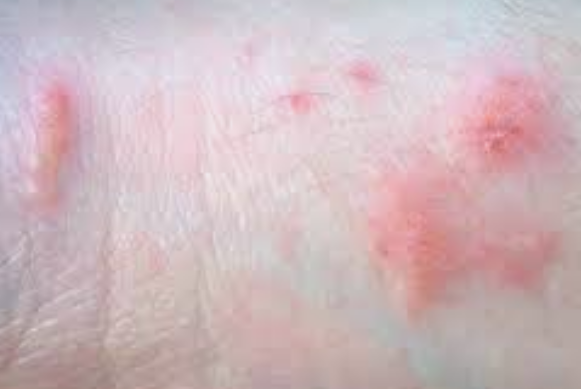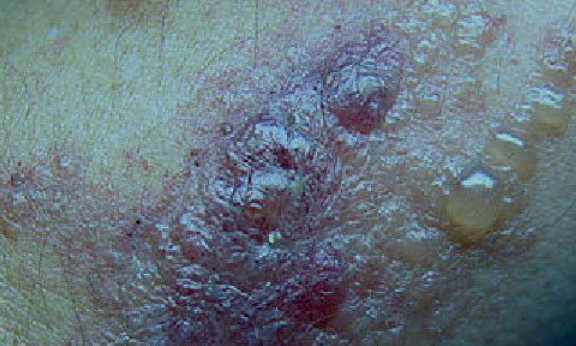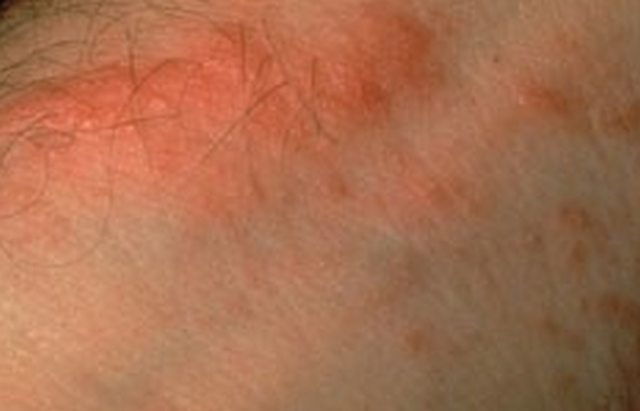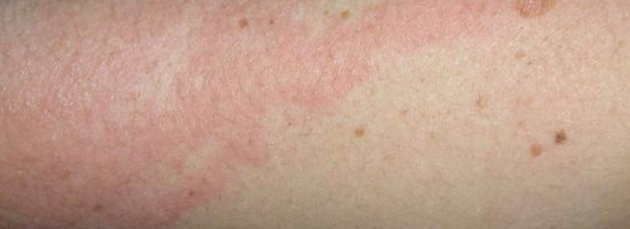Poison ivy rash is an adverse reaction caused by some irritants which are present in plants like poison ivy and in some other toxic plants like poison sumac and poison oak. The oily resin called as urushiol present in these plants causes increased skin irritation, which results in the development of poison ivy rash.
Poison ivy rash is often recognized as allergic contact dermatitis. Discomfort and distress is felt when this toxic plants cause the rashes. However, they do lead to the development of any serious complications. Till the poison ivy rash is healed, self care medication may be followed to eradicate itching.
Symptoms of poison ivy rash
Some of the symptoms of poison ivy rash are shown as under:
- The Poison ivy rash always causes severe and intense itching
- Visible redness of skin particularly over the skin area affected by poison ivy rash
- The affected skin portion may have swelling
- Normally, the poison ivy rash tends to appear along a straight line on the path where the poison ivy plant brushes the skin. But it could be expansive if it is spread through the pets, tools or clothes, which happen to come in contact with urushiol.
- Formation of poison ivy rash takes twelve hours to 2 days from the contact time, and it may last for about eight weeks. The severity depends on the quantity of urushiol that comes in contact with the skin.
- In severe cases, the poison ivy rash may spread to new areas of skin.
- The sensitive organs such as the eyes, genitals and the mouth may get infected in complicated cases of poison ivy rash.
- Blisters may appear over the affected skin area
- Severe itching may induce more scratching, which may lead to formation of additional blisters. Scratching the blisters may result in bacterial infections.
- Further infections of the blisters may result in oozing of pus from the blisters.
Causes of Poison ivy rash
Poison ivy rash is caused when individuals come into contact with the toxins of the plant.
Poison ivy is a common plant and has the appearance of a weed. It grows as a plant, a bush, or a solid tree-entwining vine, and each stem usually grows with three leaflets. The poison ivy plants may have some leaves with jagged shape with saw-like edges, while others may have leaves with smooth edges. When seasons change they change their color into yellow, red or orange and fall. It may grow green berries, greenish, or off-white tiny flowers.
The oily resin substance, called as urushiol, causes the skin irritation. When the toxin of the poison ivy plant comes in contact with the skin it leads to the skin irritation. Even a little quantity of urushiol, if absorbed by the skin can cause irritation and can lead to formation of poison ivy rash. As it is oily in nature, the urushiol is sticky and does not dry easily. As such it can cling to the skin, clothes, tools, or a pet’s fur.
The following are some of the circumstances by which people come in contact with urushiol and increase the susceptibility to developing poison ivy rash.
- Poison ivy rash is not contagious, as such contact of a person with poison ivy rash will not lead to spreading except a contact with the resin urushiol.
- The fumes from a burning poison ivy or toxic plant can cause irritation over the eyes and in nasal passages.
- A direct contact with the plant, vine, stem, roots, leaves or the berries can cause the poison ivy rash.
- Sometimes the toxin is transferred through the clothes, boots, tools and pet’s fur when they come in contact with the plants; which in turn spread to the hands and other body parts, when these infected items are handled. This eventually leads to the development of poison ivy rash.
It may be noted that urushiol has a long life span, particularly in dry places. The tools, cloths with urushiol kept in dry storage can cause allergic reaction even after a year. Animals are immune to urushiol, as such they are not affected by poison ivy rash. But for humans, a contaminated pet can cause poison ivy rash when they come in contact with humans.
Treatment of Poison ivy
- Serious poison ivy rashes with infected blisters can be treated by corticosteroid medicines like prednisone which are consumed orally.
- Oral antibiotics are given to those patients who are affected with secondary bacterial infections of poison ivy rash. These drugs have to be continued till a doctor recommends otherwise.
- Normally poison ivy rash is treated with different self care methods, and most of the symptoms generally disappear within a few weeks
- Oatmeal baths, anti-itch topical medications, cool compresses can help in easing the itching and provide relief.
What does poison ivy rash look like -images




